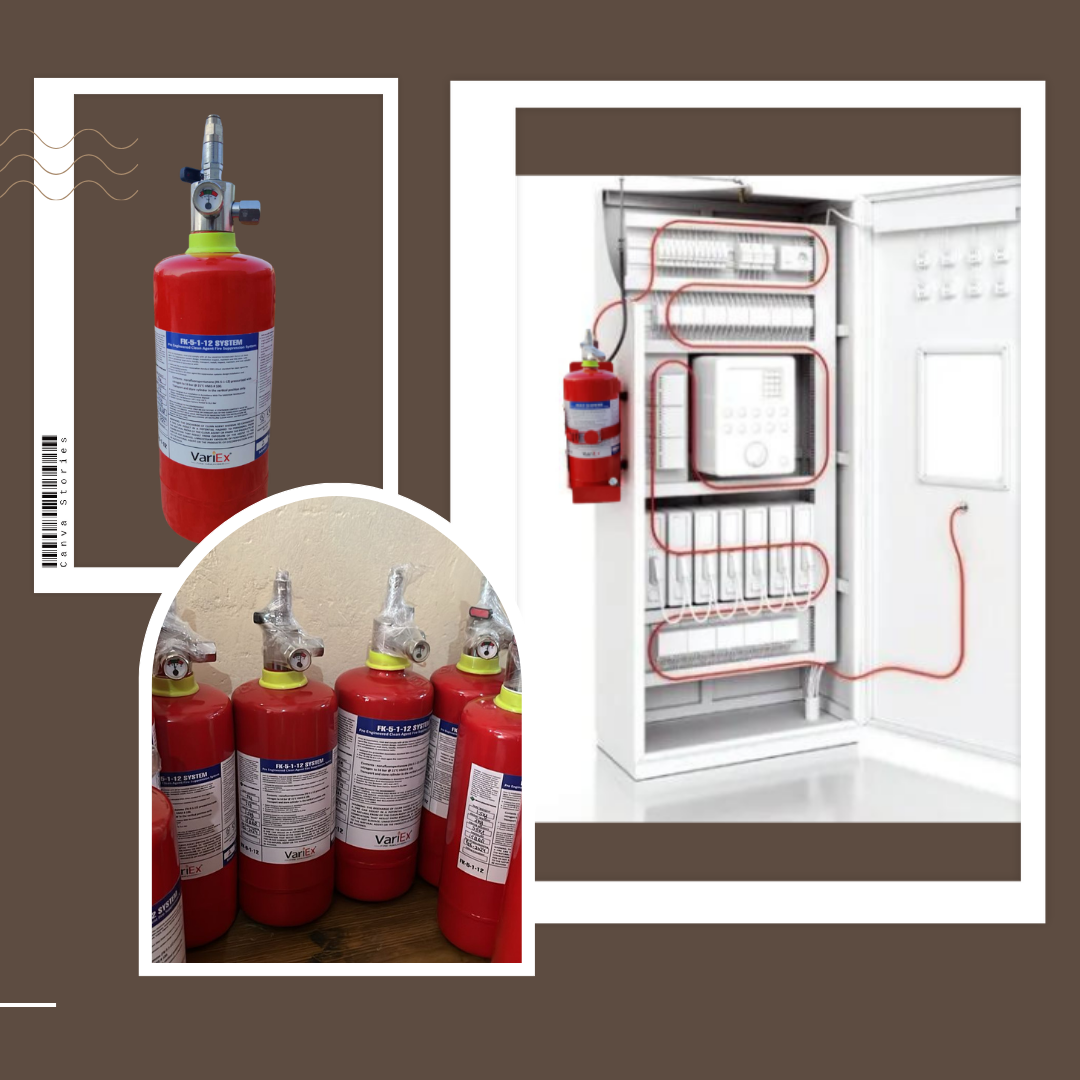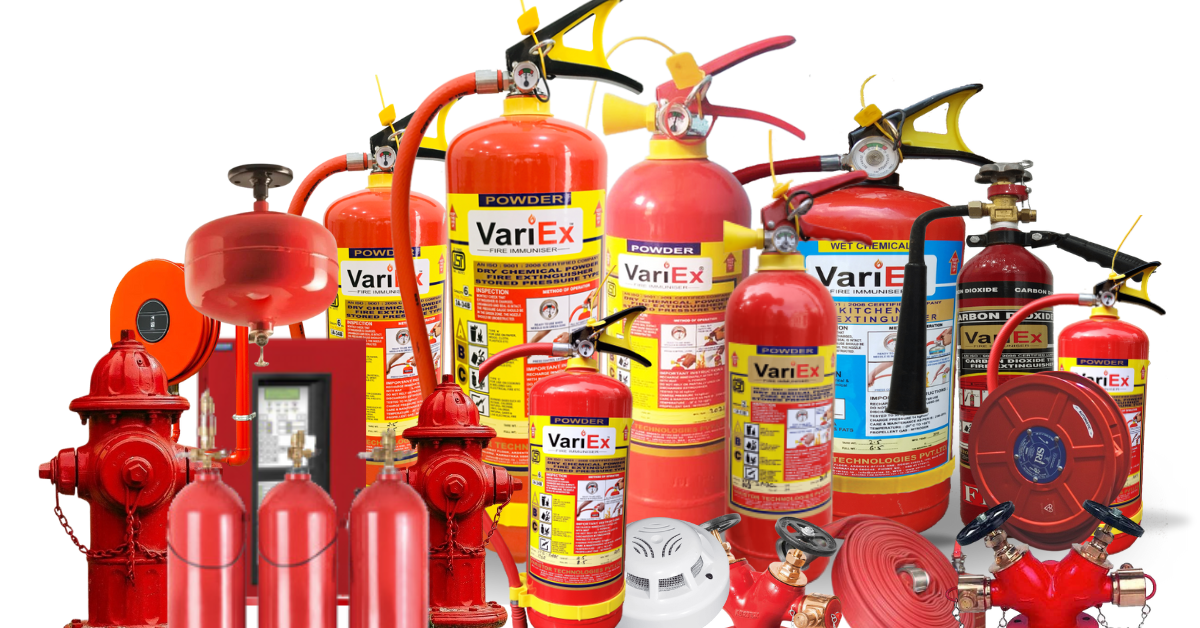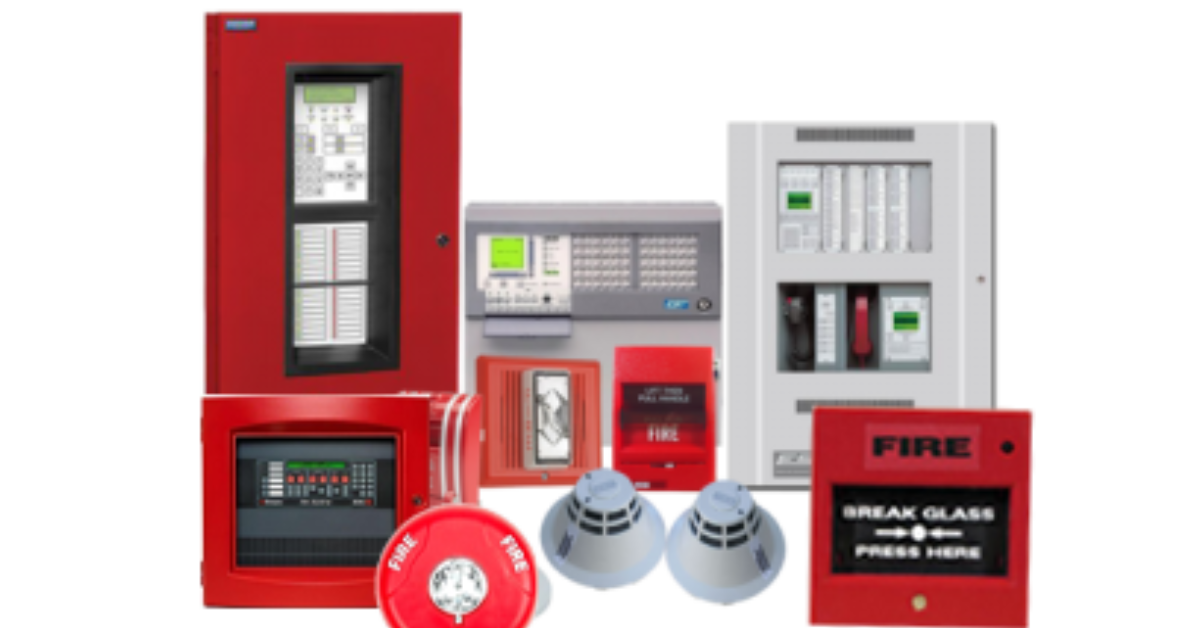![]()
Fire Immuniser
+91-7829629111
Email: info@variex.in
Varistor Technologies Pvt. Ltd.
Block-1, First Floor, Ardente Office One, Hoodi Circle, ITPL Main Road, Bengaluru, Karnataka 560048, IN
How Do Fire Alarm Systems Work
How Do Fire Alarm Systems Work
The proper functioning of a fire alarm system has an immense role in safeguarding lives and property in the event of a fire emergency. It's quite likely that you've noticed fire alarms installed in various buildings, but have you ever stopped to consider how they operate? The ability to understand how fire alarm systems work contributes significantly to managing them effectively, especially during emergencies. This article aims to delve deep into the mechanics of fire alarm systems, unraveling how they function and their importance in maintaining safety.
The Basics of Fire Alarm Systems
At the most basic level, fire alarm systems are a collection of devices that work in synergy to detect and alert occupants in a building about the occurrence of a fire. These systems contain both fire detection and alarm devices. Fire detection devices are designed to identify fire incidents at their earliest and may include heat detectors, smoke detectors, and flame detectors, depending on the system.
Each of these sensor types has a unique working principle. Smoke detectors sense the airborne particulate produced by fire, while heat detectors respond to the changes in temperature. Flame detectors, on the other hand, identify the infrared or ultraviolet emissions produced during a fire.
Components of A Fire Alarm System
While the detectors are the key elements, several other essential components collectively make a fire alarm system effective. Some of the fundamental parts include the control panel, initiating devices, notification appliances, and power supplies. Each of these components contributes in its unique way to the overall functioning of the system.
The control panel is essentially the system's brain. All data from the initiating devices like detectors is processed here. When a fire is detected, the control panel activates the notification appliances, which could include visual or auditory alarms like bells, horns, strobe lights, etc., to alert the inhabitants of the building.
Fire alarm systems are typically powered by the building's main electrical system. However, they also contain a secondary power supply, often a battery, to ensure the system remains operational even during power outages.
Types of Fire Alarm Systems
Fire alarms come in several types, the most common being conventional and addressable systems. In a conventional fire alarm system, the building is divided into zones, and detectors are wired back to the control panel in groups. If a fire is detected, the control panel can identify the zone but not the precise location.
On the other hand, addressable fire alarm systems offer more sophistication and precision. Each detector in the system has a unique address, and in the event of a fire, these systems can pinpoint the exact detector that activated the alarm. This precise detection can be critical in large or complex buildings.
How Fire Alarm Systems Work
The operation of a fire alarm system may appear complex, but the underlying principle is not overly complicated. The detectors constantly monitor the environment for signs of a fire. When they detect a potential fire incident (for instance, unusually high temperature, smoke, or radiation), the information is relayed to the control panel.
The control panel analyses this data and interprets it based on pre-set levels. When an irregularity exceeding the pre-set level is detected, the control panel treats it as an emergency, activating the notification devices to alert the building's occupants and often sending a signal to a remote monitoring center. Thus, immediate action can be taken to control the fire and ensure the safety of the people.
The Significance of Fire Alarm Systems
Fire alarm systems are crucial safety features in any building - be it residential, commercial, or industrial. Their primary function is to alert individuals promptly about potential fire hazards, allowing enough time for evacuation. In addition, it provides the opportunity for emergency services to be contacted promptly, minimizing property damage, preventing injuries, and saving lives. Judiciously installed and regularly maintained fire alarms can prevent many fire-related tragedies.
Conclusion
Fire alarm systems, with their array of sensors, notification devices, and controls, form a line of defense against the destructive power of uncontrolled fire. They leverage various technologies to detect fire signals swiftly and alerting occupants to ensure immediate action. Their significance is paramount, and a proper understanding of how they work can be instrumental in effectively dealing with fire-related emergencies.
Hopefully, this piece has shed some light on the importance and operation of these life-saving systems, helping you appreciate the quiet vigilance they provide. As advancements in fire detection and alarm technologies continue to occur, fire alarm systems will undoubtedly become more efficient and reliable, significantly improving building safety. Remember, understanding how your fire alarm system works is the first step in ensuring it operates properly when you most need it.
Explore our products Range
Final Say
At VariEx.in and VariexOnline.com, we specialize in supplying and installing top-quality fire fighting systems and equipment. From fire extinguishers to advanced suppression systems, we offer comprehensive solutions tailored to your needs. Our experienced team ensures precise installation and maintenance for optimal safety.
Trust VariEx for reliable fire protection. Contact us online or call 7829629111 to learn more.













